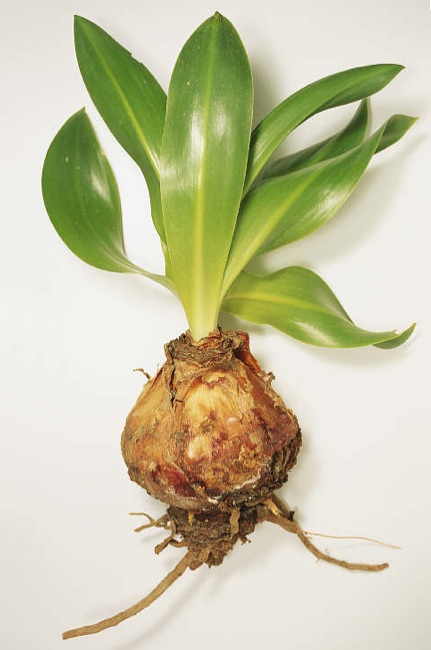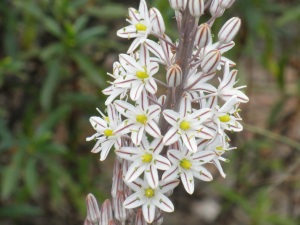The Sea Onion (Drimia maritima)
The Sea Onion (Drimia maritima, Catalan: Ceba Marina, Castellano: Cebolla albarrana) is also known as Sea Squill. It is native to coastal regions of the Mediterranean area in sandy soil, but it is also widely cultivated.
The plant is known for its medicinal properties. The bulb contains cardiac glycosides which stimulate the heart and act as diuretics in moderate doses, and are emetic and poisonous in larger doses. An extract of squill is used as an ingredient in expectorant cough medicines such as buttercup syrup. The juice of the bulb causes blisters when put in contact with skin. The plant has been used as a rodenticide and may show promise as an insecticide. The most active chemical compounds in the plant are scillirosides, especially proscillaridine A. In the past, it has also been used as an abortifacient. This particular use is rarely seen today as it has been shown to be dangerous and largely ineffective.
The plant flowers from August to October. The flowers are white, and many emerge directly from the stem peduncle, which almost reach a metre in length. Flowers open sequentially from bottom to top and as a whole forms a very characteristic ovoid shape.
The plant is also planted in the vicinity of Arab graves, to protect them, according to tradition. The Egyptians call the plant Ein Sit, the god who resists the sun, since the plant only blooms in autumn. The Bedouin believe that whenever there is an abundance of Drimia maritima flowers, there will be a rainy winter.





